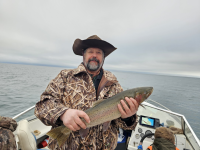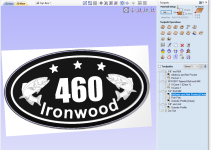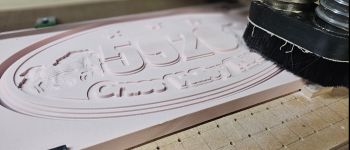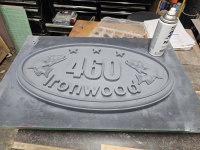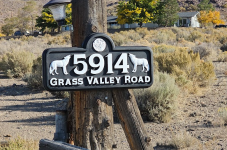- Messages
- 16,600
- Location
- Reno NV
So, Last time I posted my street sign on FB, One of my acquaintances in the neighborhood said he wanted one. Well, I've seen him post about fishing on his boat on pyramid lake, so I offered to trade him a sign for a seat on his boat.
Well, Going fishing on Friday, and I'm working on a sign for him.
Need to work on the flat areas here. I think there was some issues with the foam flexing during the pocketing run.
Going to print up some little detail sanders and take care of that pretty quick. Not to o unhappy with it otherwise.
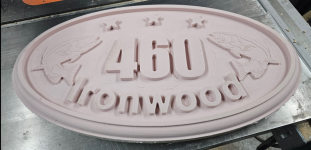
Well, Going fishing on Friday, and I'm working on a sign for him.
Need to work on the flat areas here. I think there was some issues with the foam flexing during the pocketing run.
Going to print up some little detail sanders and take care of that pretty quick. Not to o unhappy with it otherwise.


